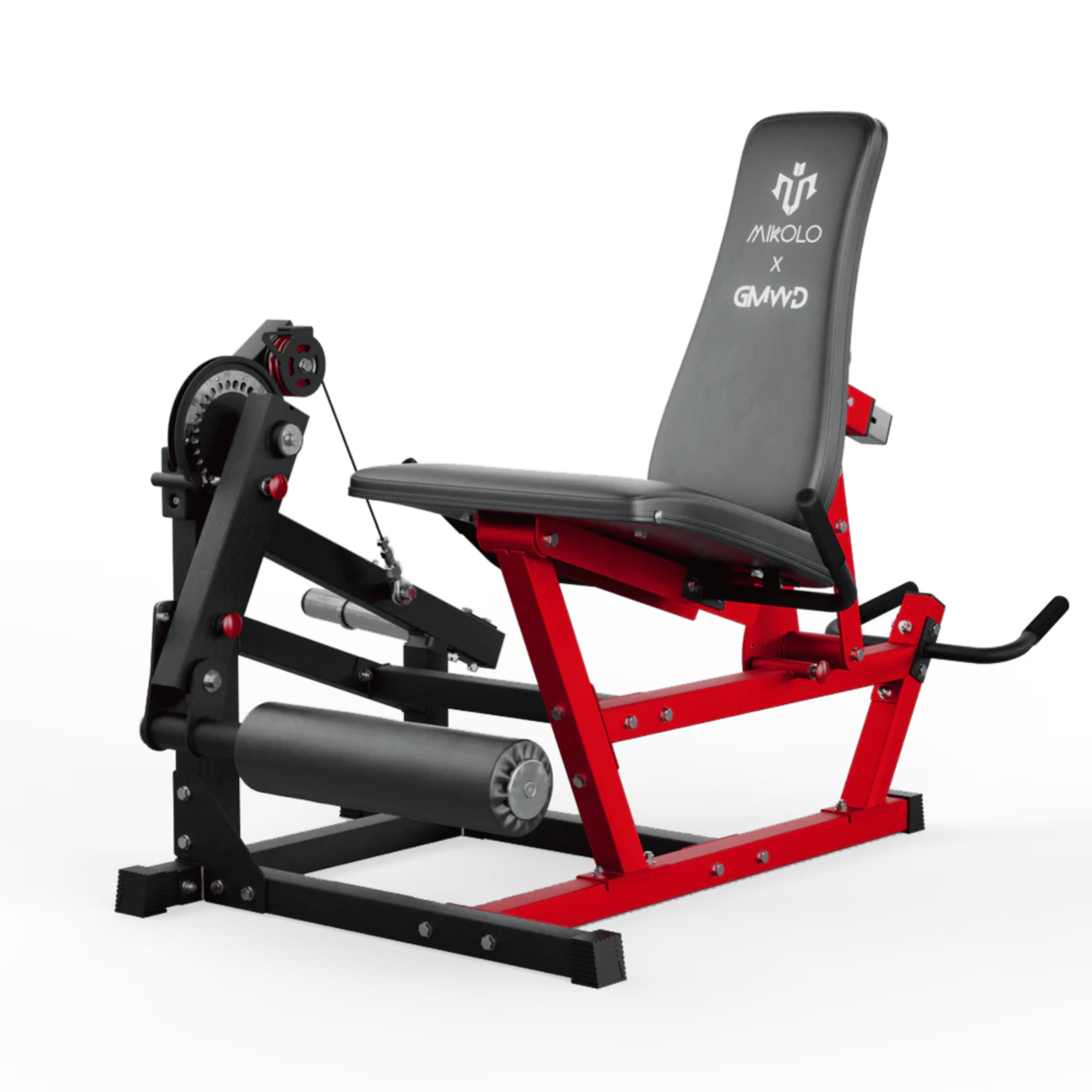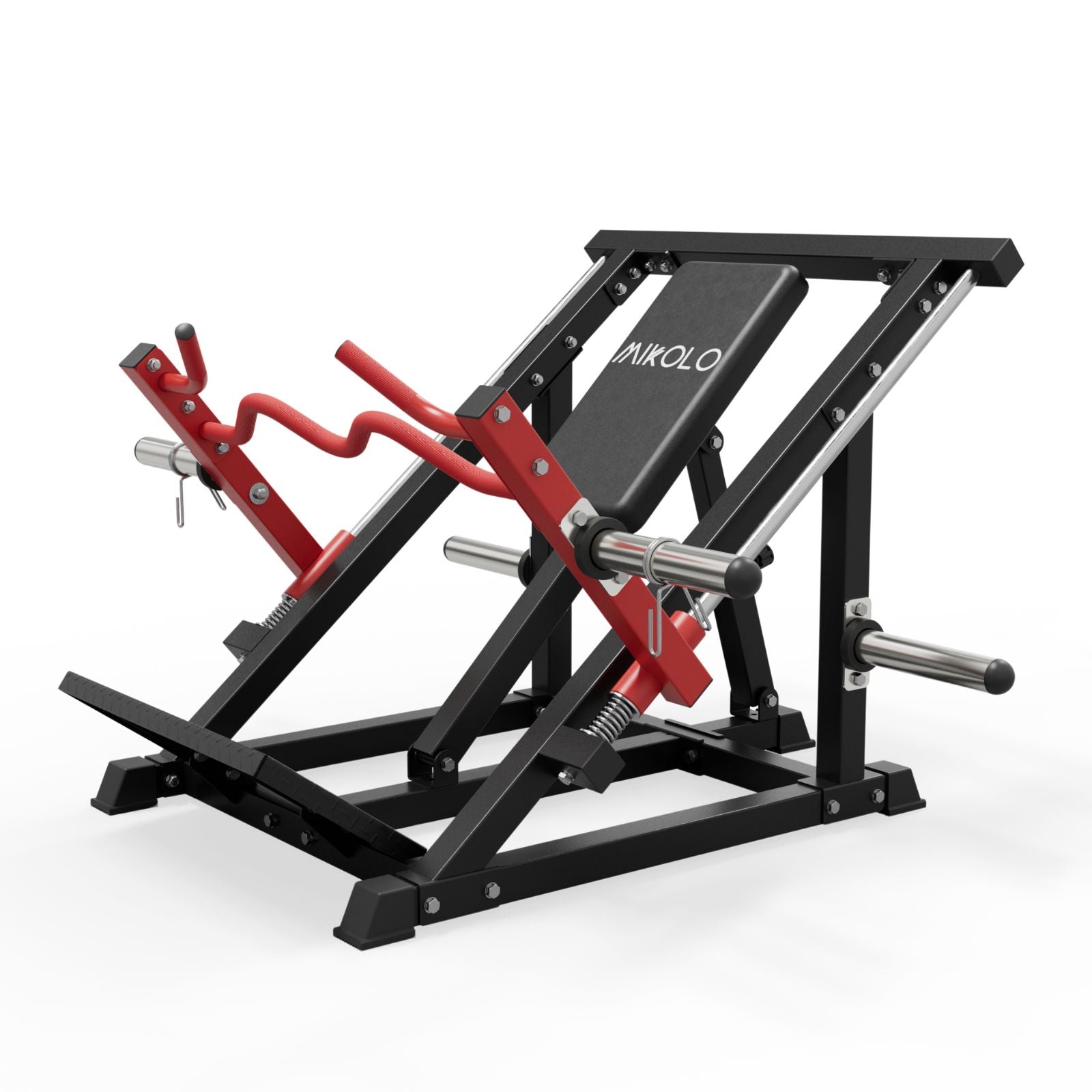When it comes to sculpting your biceps, plate curls are an often-overlooked tool that can fire up your arm growth while enhancing grip and forearm strength. If you’ve ever been limited by home gym equipment or simply want a change from traditional dumbbells, plate curls can deliver a surprisingly effective bicep workout with a simple weight plate.
What Are Plate Curls?
Plate curls involve curling a weight plate instead of using a barbell or dumbbells, engaging your biceps while requiring stability and wrist control. You can perform them with a single plate held at 3 and 9 o’clock, or with your fingers hooked around the edges, focusing tension on your biceps throughout the movement.
Muscles Worked During Plate Curls
Plate curls primarily target:
-
Biceps brachii (main bicep muscle)
-
Brachialis (deep bicep muscle)
-
Forearms and wrist flexors (due to the grip required)
-
Stabilizer muscles in the shoulders and core (especially in standing variations)
This makes them an efficient exercise for those who want to build functional arm strength alongside size.
Benefits of Plate Curls
-
Better Bicep Contraction: The vertical grip and constant tension throughout the lift promote a deep bicep squeeze.
-
Forearm and Grip Development: Holding a plate challenges your grip, unlike traditional bicep curls.
-
Versatility: Perfect for home gyms where plates are available but dumbbells are limited.
-
Joint-Friendly: Many find plate curls easier on the wrists than some barbell curls.
How to Do Plate Curls Correctly
-
Stand tall with feet hip-width apart.
-
Grip the plate at 3 and 9 o’clock (or edges if thinner).
-
Start with arms fully extended in front of your thighs.
-
Curl the plate upward while keeping elbows close to your torso.
-
Squeeze the biceps at the top, ensuring the plate is near shoulder height.
-
Lower slowly under control, resisting gravity.
-
Repeat for 8–15 reps depending on your program.
You can also perform hammer plate curls by holding the plate vertically, or try plate wrist curls for additional forearm work.
Variations to Try
-
Standing Plate Curls: Best for a stable full-range movement.
-
Hammer Plate Curls: Focus on brachialis and forearms.
-
Plate Wrist Curls: Isolate forearms post-bicep work.
-
Plate Hold for Time: Grip a plate at chest level to enhance grip and bicep isometric strength.
You can integrate plate curls into your bicep day routine or add them to a full upper-body day for variety.
A Personal Note on Plate Curls
I first added plate curls to my training during a period when traveling with minimal equipment. I was surprised by how effectively they engaged my biceps and forearms, leading to better control at the top of the curl compared to using a barbell. The grip challenge also carried over to improved deadlift holds and chin-up endurance. If your bicep workouts have plateaued, plate curls can reignite your arm training with a new stimulus.
Sample Plate Bicep Workout
Try this finisher after your main pulling or arm workout:
-
Plate Curls: 3 sets of 10–12 reps
-
Plate Wrist Curls: 3 sets of 12–15 reps
-
Plate Hold: 2 sets of max hold time
This will burn out your biceps and forearms effectively while improving grip strength.
Final Thoughts
Plate curls are a highly underrated bicep exercise that deliver results without requiring a fully stocked gym. Whether you want to improve your arm aesthetics, enhance grip for pulling movements, or find a joint-friendly alternative to dumbbell and barbell curls, plate curls deserve a place in your training toolbox.
Pick up a plate, focus on controlled reps, and enjoy the pump that follows.









































Leave a comment
This site is protected by hCaptcha and the hCaptcha Privacy Policy and Terms of Service apply.